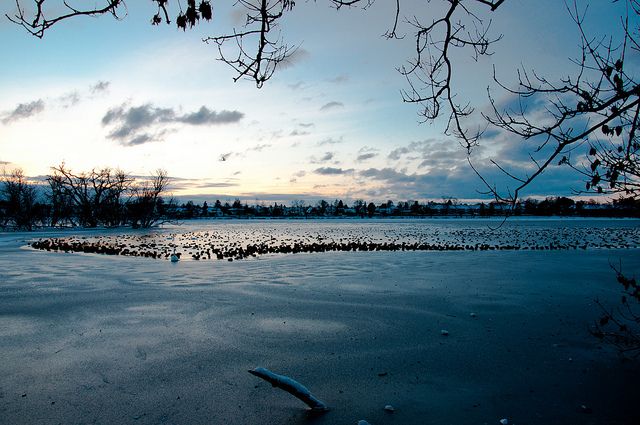Since July, 14 mallards and mute swans have been found dead in Damhussøen, a lake located between Rødovre, Vanløse and Frederiksberg on the western outskirts of Copenhagen.
Autopsies have shown that eight of the birds were infected with schistosoma, commonly know as blood-flukes, a type of parasitic flatworm.
“I can not remember that we have been in a similar situation before,” Michael Carlsen, a biologist with the animal protection agency Dyrenes Beskyttelse, told DR Nyheder.
“It is hard to say exactly at this moment how large the implications of this might be.”
Deadly possibilities
The parasite could be devastating to the Danish bird population.
“We do not know if the parasite is newly introduced in the Danish fauna of if we are facing potential mass deaths of birds.”
Carlsen said that the parasite may not be new, but rather has been living in the ecosystem for some time and is just now showing up.
No threat to humans
Most of the infected birds are thinner than normal, and an examination would reveal damage to the liver. The parasite lives in the animal’s blood and its larvae infects new birds by penetrating their skin. It can cause liver and kidney damage, blood clots and other maladies that can ultimately lead to a birds demise.
Some types of blood-flukes are responsible for schistosomiasis, a group of infections in humans considered by the World Health Organization as the second most socioeconomically devastating parasitic disease, infecting hundreds of millions of people worldwide.
The type of the parasite commonly found in birds usually only causes a mild rash know as ‘swimmer’s itch’ in people.















